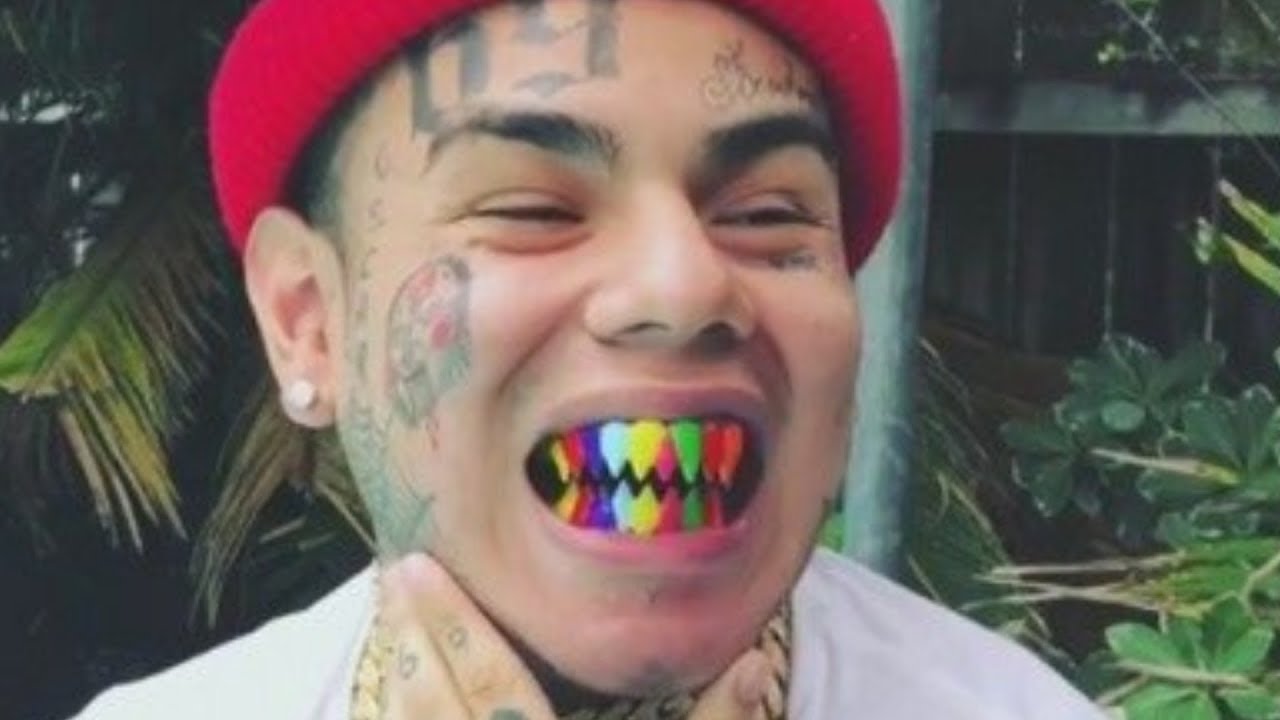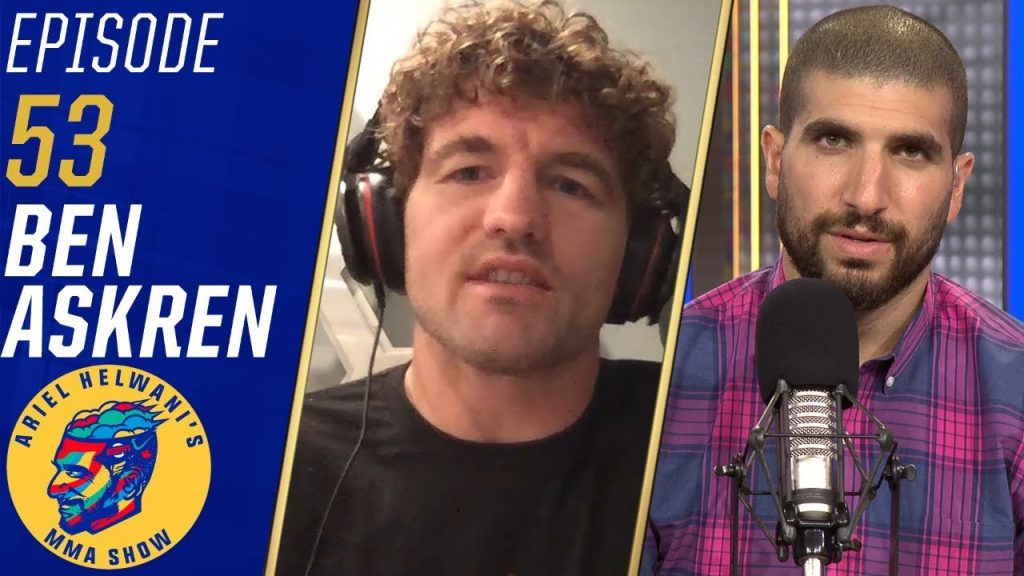What Prison Is Like For Tekashi 6ix9ine

Tekashi 6ix9ine grabbed the spotlight partly with his rowdy raps, his public feuds, and his hundreds of “69” tattoos.
He’s also a magnet for controversy who got locked up on federal racketeering charges in 2018. Here’s what prison has been like for the Dummy Boy emcee.
Saved by the feds? | 0:17
Long stretch ahead | 1:25
A gangster’s welcome | 2:33
Behind bars | 3:47
Life goes on | 5:14
What additional restrictions were placed on Tekashi 6ix9ine when he was transferred to a private facility in Queens?
Since his arrest and subsequent testimony in the trial of the Nine Trey Gangsta Bloods, rapper Tekashi 6ix9ine has become a household name for his controversial lifestyle and collaboration with law enforcement. However, the rapper’s time in prison has been a different story, and a rare glimpse into what the prison systems of America truly look like.
For starters, Tekashi 6ix9ine, whose real name is Daniel Hernandez, was placed in the Metropolitan Detention Center (MDC) in Brooklyn, New York, following his arrest in November 2018. The facility was described by numerous reports as overcrowded and rife with complaints of poor hygiene, insufficient food, and medical care, and lack of access to basic amenities such as soap and toilets.
Nevertheless, Hernandez reportedly did not shy away from living life in the fast lane, as he allegedly continued to display flashy jewellery, designer clothing, and expensive sneakers throughout his stay in the MDC. Reports also suggest that Hernandez had to be segregated from other inmates due to concerns for his safety, as his cooperation with law enforcement had made him a target for retaliation from certain groups.
However, things took a dramatic turn when Hernandez was transferred to a private facility in Queens following complaints from his legal team about his safety concerns being ignored. In addition to being placed in solitary confinement for his safety, Hernandez was also subjected to additional restrictions, such as the inability to receive or send letters, phone calls, or communicate with anyone outside the facility.
Perhaps the most significant impact on Hernandez’s time in prison came as a result of his sentencing, where he was given a reduced sentence of just two years in light of his cooperation with law enforcement. Nevertheless, Hernandez had to contend with the knowledge that he was a marked man and would still have to serve time in a dangerous prison system.
In the end, the rapper was allowed to go home in April 2020, after serving just over a year in prison. However, his experience offers an insight into the harsh realities of the prison system, including the dangers posed by overcrowding and lack of resources, the isolation and lack of contact with the outside, and the constant threat of violence.
Overall, Tekashi 6ix9ine’s experience in prison highlights both the dangers and the broken nature of the American prison system, and the need for reform and better resources for those who find themselves within its walls. It remains to be seen how Hernandez’s experience may change the wider conversation around prison reform, but it is clear that his time behind bars has given him a powerful lens through which to view the world outside.









LITTLE WOMEN – Official Trailer (HD)
The Untold Truth Of Mohamed Hadid And Shiva Safai
Alec Baldwin Makes Bombshell Claim About Rust Shooting
CollegeHumor is Shutting Down
10 Biggest K-POP Stars Controversies